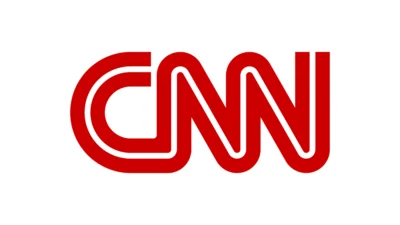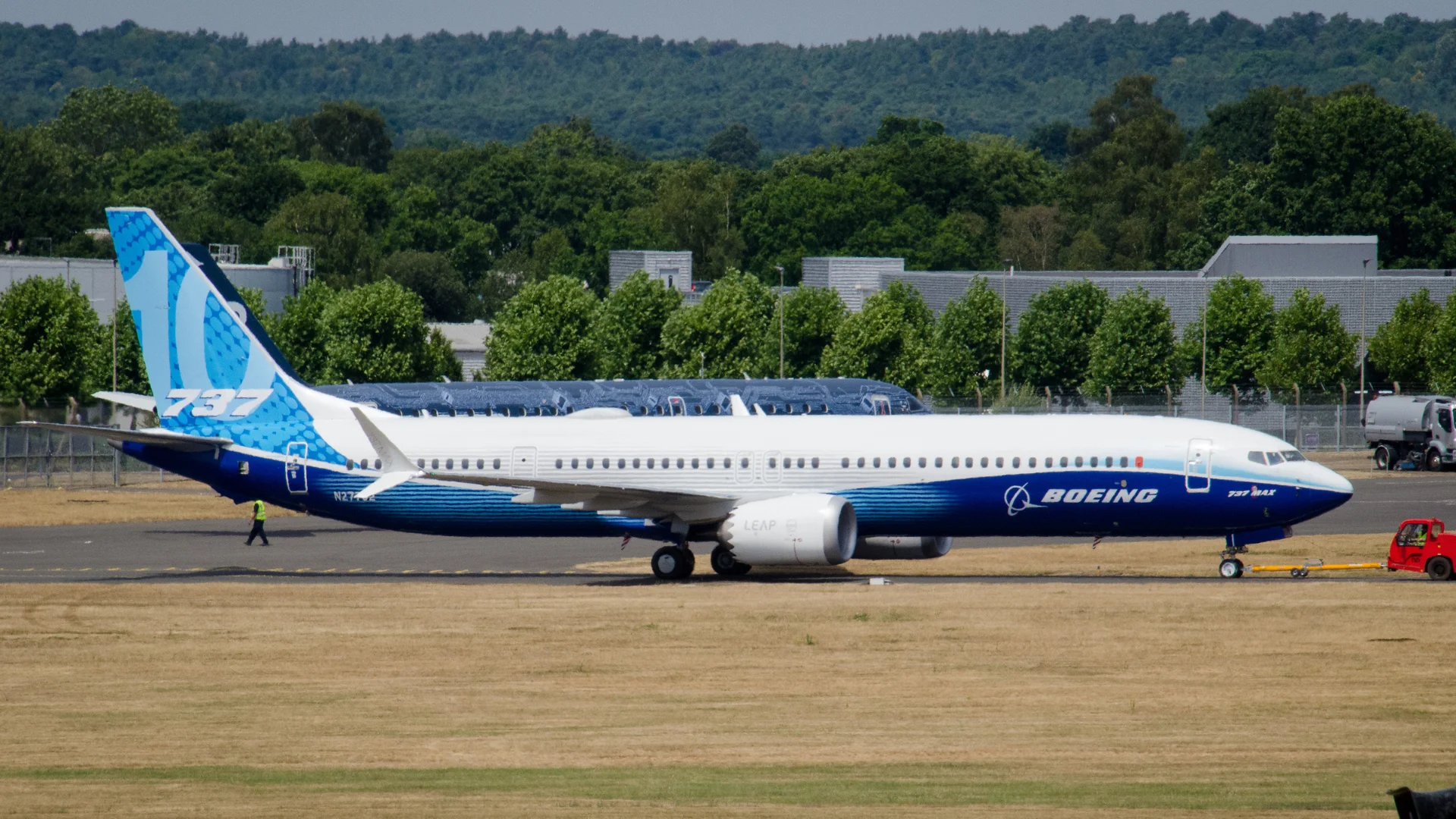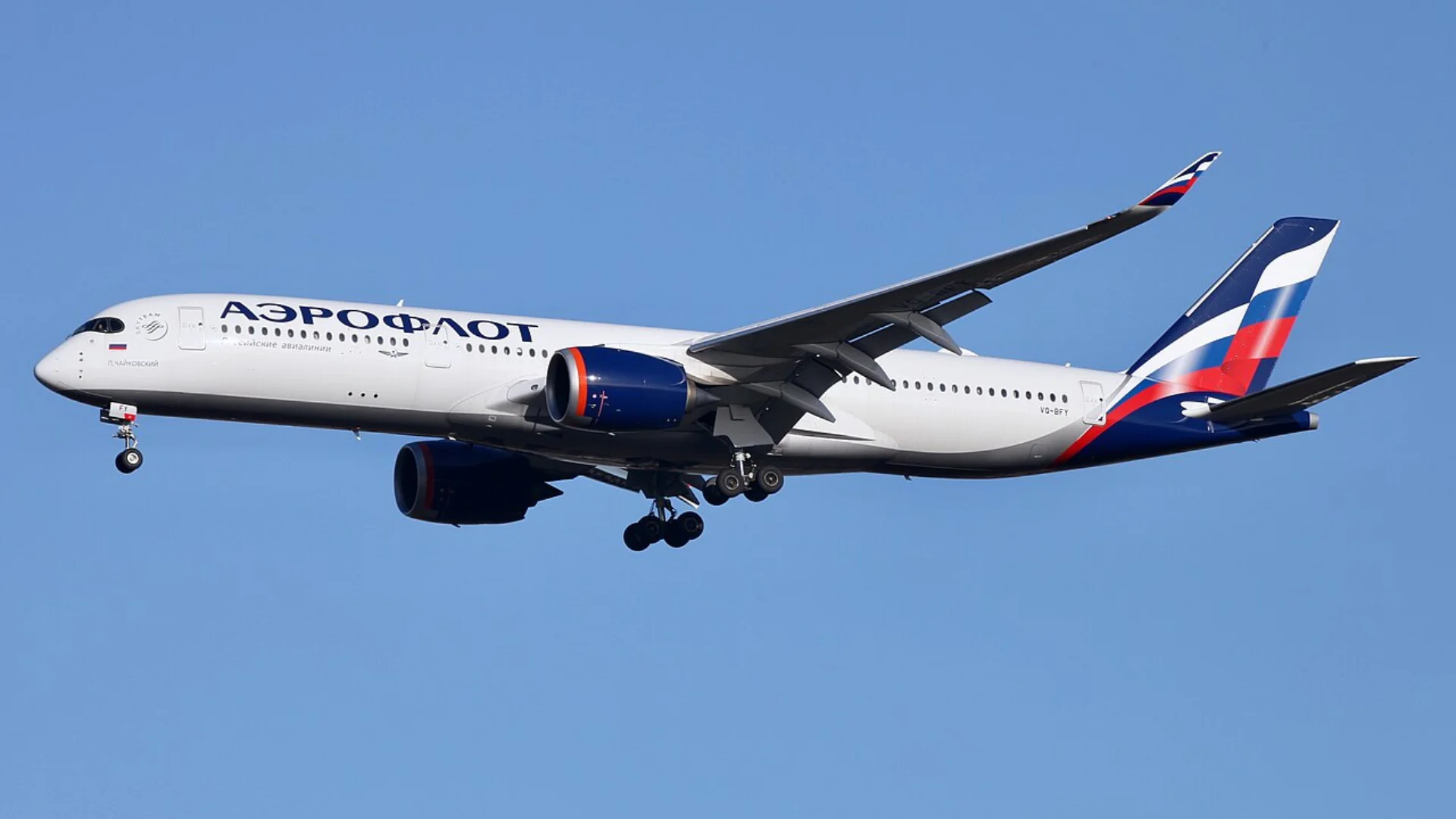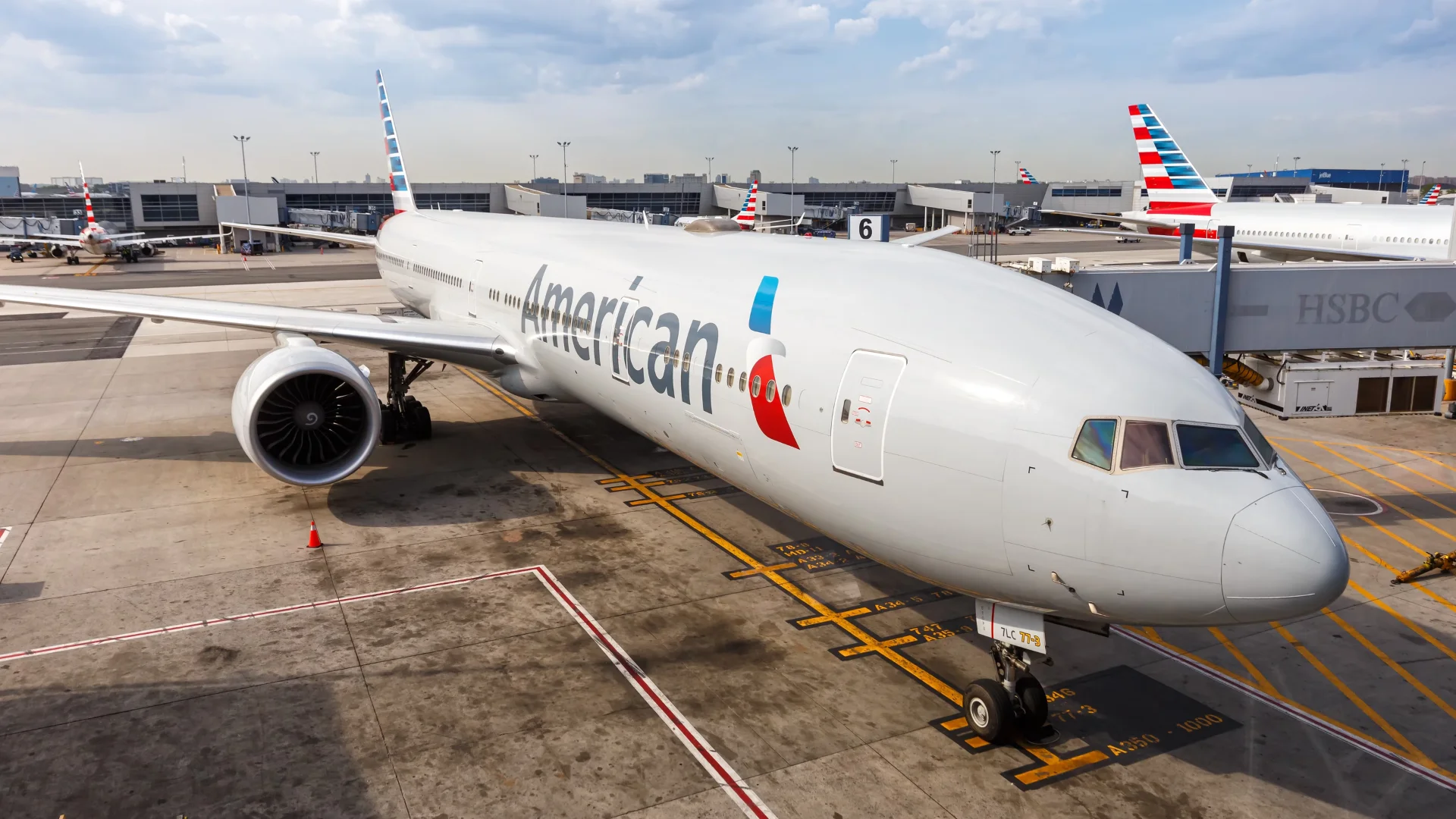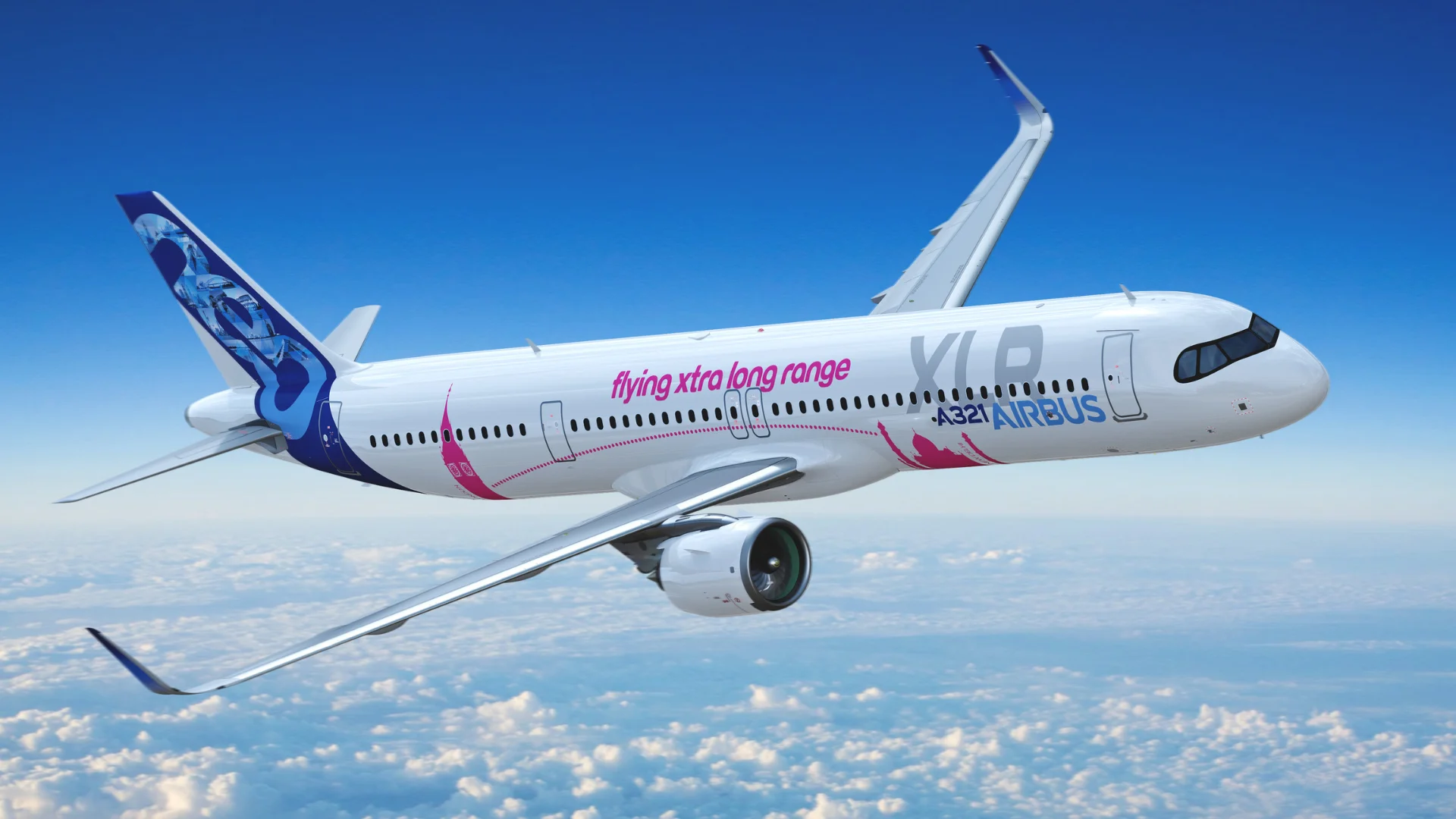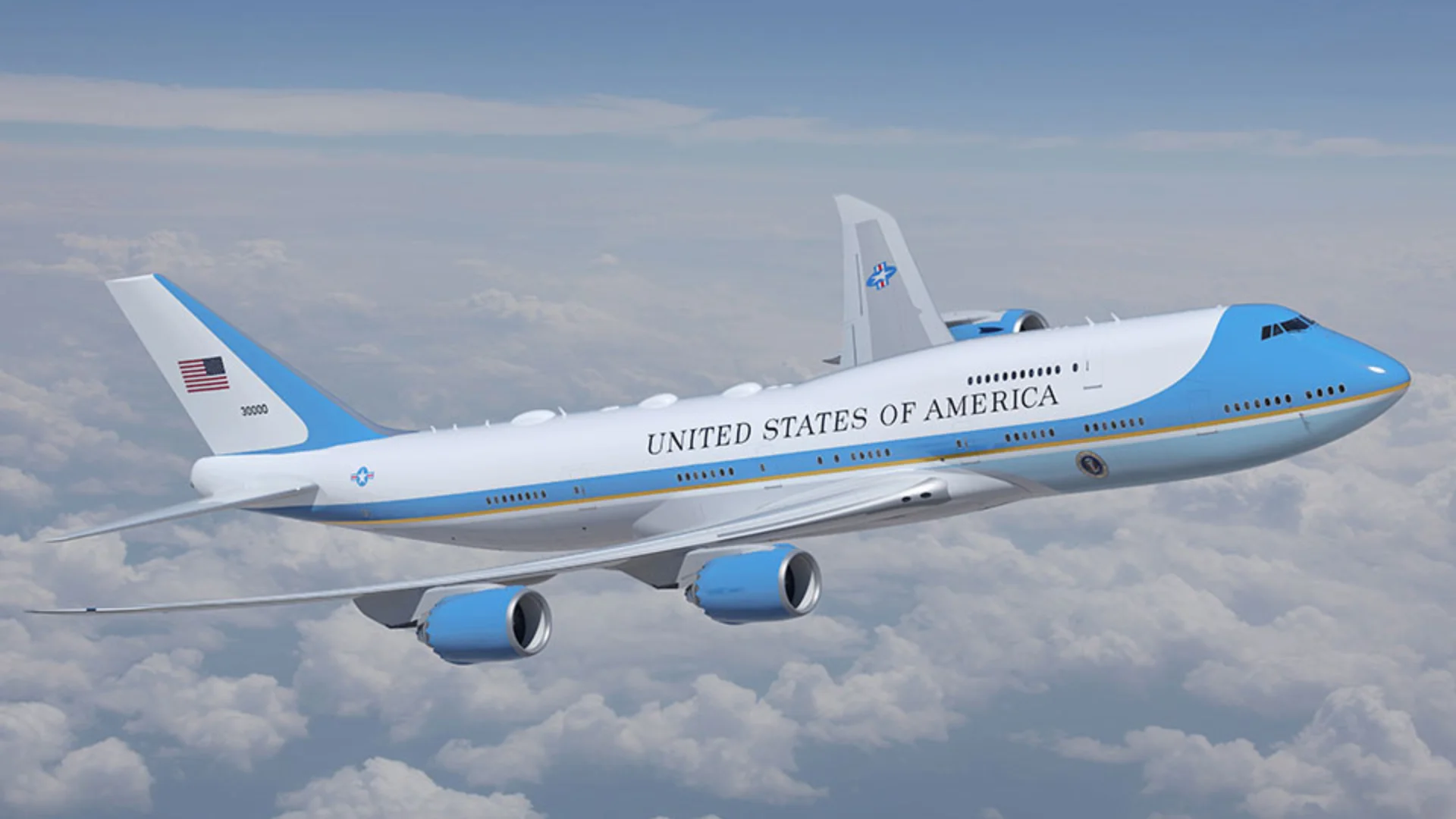Maintaining a private jet in the United States involves a complex and ongoing commitment beyond routine upkeep. The Federal Aviation Administration (FAA) enforces stringent regulations to ensure safety, longevity, and operational compliance for privately owned aircraft.
The FAA mandates that private jet owners adhere to maintenance schedules defined by the aircraft manufacturer and submit to required inspections. These standards are primarily governed under 14 CFR Part 91 for general operations and Part 135 for commercial or on-demand purposes. "Non-compliance triggers FAA civil penalties and can void the aircraft's airworthiness certificate," emphasizing the importance of maintaining thorough records.
Private jets undergo various scheduled inspections outlined in the manufacturer's Approved Inspection Program to verify airworthiness. These include A, B, C, and D checks based on flight hours or calendar intervals. "A" and "B" checks focus on surface inspections and minor repairs every few hundred flight hours. "C" checks involve an in-depth examination of structures, controls, and major systems every 1–2 years. "D" checks are extensive, often called "heavy maintenance," performed every 6–12 years.
 Alerts Sign-up
Alerts Sign-up






